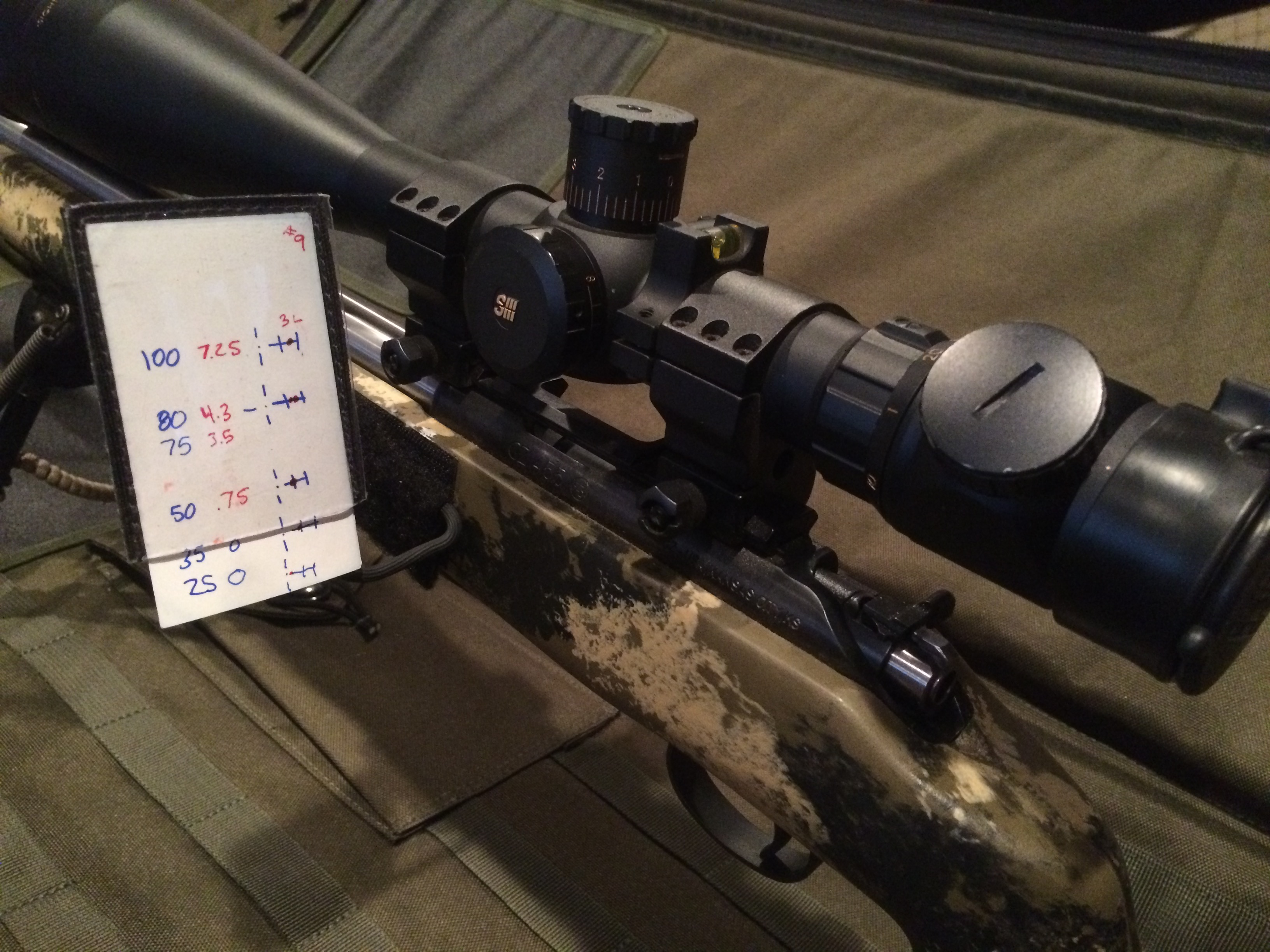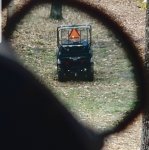I would strongly discourage a red dot sight, that's not the route you want to go and I can't say I've ever seen anyone use one at a match.
Focus on practicing the skill of target acquisition. I like to think of it as a two step process of both instinct pointing the rifle (sort of like shotgun shooting without sights) and then aligning your body to match the rifle. The goal is to look at the target with your naked eye up until you've got the gun and your body fully in position then you transition to looking through the scope. If you did it right the target should be in scope already based on how you've "aimed" your entire rifle/body position.
Do lots of repetitions of this process at different targets, from different positions. Each time make a mental note of where you tended to miss and use that to refine your aim. Start out at 10 power, then as you get better increase the power to make it harder. Long term goal would be to be so accurate at pointing the rifle and building a position that you could be on 25 power and still have the target in scope first try when you look through the reticle.
I personally don't do the "zoom out, hunt for the target, zoom back in" thing if I get lost mid-stage trying to find a target. I'll pop off the scope, reacquire the target visually, re-aim my gun and body, then get back on the scope. I find it to be faster.









